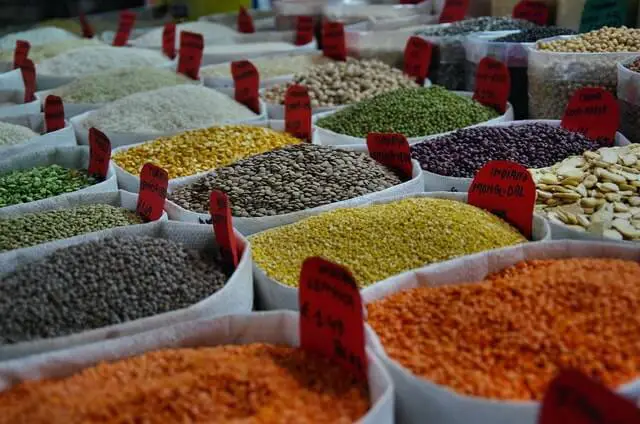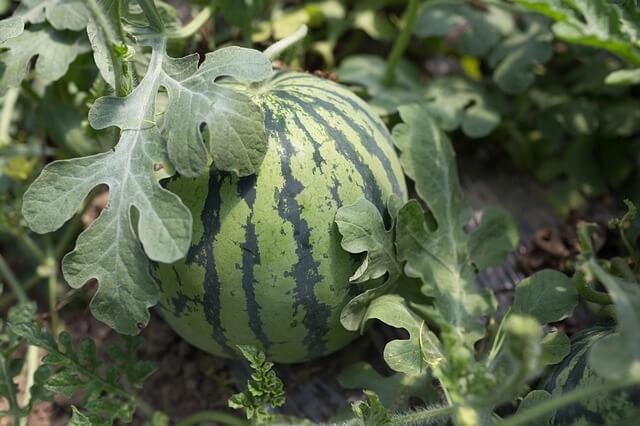Since people first began cultivating land in the Middle East 10,000 years ago, seed storage has been an essential aspect of civilisation. Stone walled trenches and clay pots containing the remnants of stored seeds are among the archeological evidence.
One of the first documented references of seed storage may be found in the Bible’s book of Genesis, when Joseph gathers food from plentiful harvests for storage against an impending famine in Egypt.
Although the Bible does not detail the storage facilities, the pyramids are built in such a way that low humidity and uniform temperature are maintained, which are two critical criteria in preserving the viability and vigor of most stored seeds.
Seed storage is critical for ensuring proper germination when sets from saved seed are utilized for subsequent planting. (Want to buy the best seed storage container? Check our article here about the best storage containers for Seeds.)
Types of seed storage
3 types of seed storage: Bulk (open) storage
For the following reasons, it is preferable over bag storage.
- Food grain in large amounts may be stored.
- There is no difficulty in loading and unloading grain.
- There is no need to acquire seeds storage containers like as gunnies.
- Insect incidence is lower than in sack storage, and even this can be removed by in-situ fumigation.
- Avoids waste caused by leaky bags.
3 types of seed storage: Bag storage
- The majority of commodities are kept in gunnies.
- Bag storage necessitates a significant amount of labor, but a little investment in permanent structures and equipment is sufficient.
- The advantage of ages storage is that it is short-term storage.
- Bag storage can be done beneath an alvanized iron sheet ceiling with a plastic covering if grain is intended for very early transportation.
- Bags are simple to handle for marketing purposes.
- Bags are not sweated since they are organized in racks with adequate interbag space; nevertheless, the initial cost is significant, and they can readily take up infestation and maintain it even after treatment.
Classification of packaging materials or containers used for bag storage
- Containers that is resistant to moisture and vapour
- Water in the form of vapour and liquid can enter these containers.
- These are appropriate for short-term storage.
- Seeds in these containers will achieve seed equilibrium moisture with the surrounding atmosphere, for example, cloth bags, gunny bags, and so on.
Containers that is impermeable to moisture but pervious to vapour
- These allow water to enter as a vapour rather than a liquid.
- The seeds in these containers cannot be stored for an extended amount of time in hot, humid environments.
- For example, 300 gauge polythene bags and urea bags.
Containers that is resistant to moisture and vapour
- These containers will not allow liquid or vapour moisture to enter.
- These are employed for long-term storage, even in hot, humid environments, providing the seeds are packed at optimal moisture content, e.g., polythene bags of > 700 gauge thickness, aluminum foil pouches, stiff plastics, and so on.
3 types of seed storage: Packaged seed segment
This is the process of depositing a numbered or weighed sample of an accession’s seeds into a container that is subsequently hermetically sealed and ready for storage.
How should seeds be packaged?
For seed storage, several containers and specific sealing devices are available. Base collection storage containers should be hermetically sealed and moisture-proof.
Base and active collections take cans, bottles, and laminated aluminum foil containers. The approaches employed will differ depending on the type of container and equipment used by your genebank. This section’s general procedures might be followed.
Moveable racks maximize available space and are great for storing containers in walk-in stores. Small containers or aluminum foil packets can be put in boxes to make it easier to find specific items.
Coding schemes based on number or color are also useful for precisely finding accessions.



